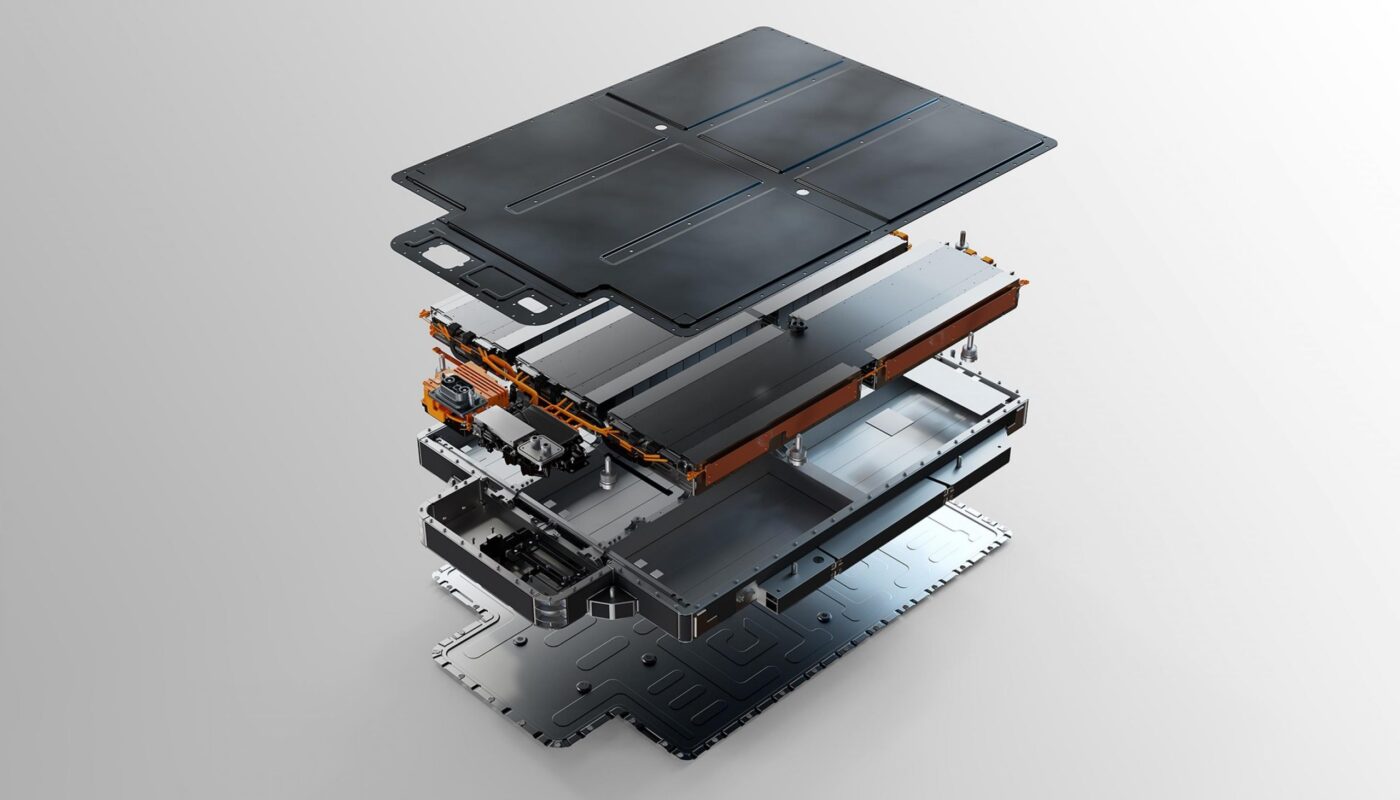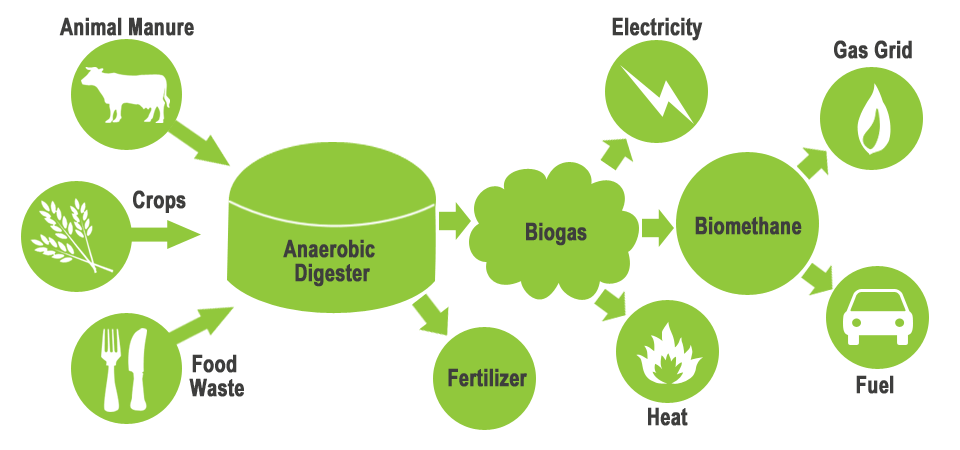Hybrid cells are gaining prominence in biomedical research due to their versatile applications. By combining the genetic material from two or more types of cells, hybrid cells provide unique insights into cellular functions. Let’s take a deeper look at these fascinating hybrid constructs and their significance.
What are Hybrid Cells?
Hybrid cells, also known as cybrids or heterokaryons, are produced by fusing two or more distinct cell types using techniques like electrofusion or chemical treatments. The fused cells contain a mixture of cytoplasmic and genetic material from the parent cells. Some key characteristics of hybrid cells include:
– They contain a hybrid genome comprising DNA from the fused cells
– Cytoplasm, organelles and proteins are shared between the hybridized cells
– Expression of genes is a combination of the parental cell lines
– Hybrid cells exhibit properties intermediate to the parent cell types
Various Techniques to Generate Hybrid Cells
Several innovative methods have been developed to efficiently fuse cells from different sources:
– Electrofusion: Applying brief high-voltage pulses across two adhered cells causes pores to form, allowing cytoplasm and organelles to mix.
– Chemical fusion: Treatments with polyethylene glycol promote adhesion and membrane fusion between adjacent cells.
– Sendai virus: This enveloped virus reversibly fuses respiratory epithelial cells. Its viral fusion protein has been exploited for research.
– Microcell-mediated chromosome transfer: Microsurgically isolated chromosomes from one cell are directly transferred into another.
The choice depends on cell types, desired properties and experimental goals. Continual refinements promise higher hybridization efficiencies.
Applications in Disease Modeling and Therapy Development
Hybrid cell platforms provide multidisciplinary opportunities to advance biomedicine:
– Modeling genetic diseases: Fusing patient skin cells with healthy ones helps understand pathogenesis at a cellular level.
– Cancer research: Hybrids between cancer and normal cells illuminate Tumor Microenvironment interactions.
– Regenerative medicine: Stem Hybrid Cell may help repair damaged tissues by combining reconstruction abilities.
– Drug screening: Patient-derived hybrids serve as personalized test systems for novel pharmaceuticals.
– Vaccine production: Developing cybrids between human and non-human cells aids large-scale immunogen synthesis.
Hybrid Cell Studies Elucidate Cellular Mechanisms
At the basic science front, hybrid cell analysis enriches our understanding of various intracellular events:
– Organelle inheritance: Tracking the sorted distribution of mitochondria, lysosomes and other organelles between fused cells has key implications.
– Epigenetic reprogramming: Studying how epigenetic patterns like DNA methylation and histone modifications get reorganized in hybrids sheds light on cellular identity maintenance.
– Protein trafficking: Visualizing the intracellular movement and sorting of specific proteins in heterokaryons aids trafficking pathway characterization.
– Metabolic complementation: When one fused partner lacks an enzyme, the other can trans-supply it, unraveling metabolic cross-talk mysteries.
– Signaling dynamics: Monitoring signaling cascades activated in hybrids by one parent clarifies intracellular communication networks.
Ethical Concerns and Future Outlook
While hybrid cell studies promise therapeutic advances, certain ethical issues also merit attention. Fusing human and animal cells raises biosafety concerns until technologies ensure hybrid stability and containment. As techniques progress in precision and control, hybrid constructs may find increasing usemodeling complex diseases, personalized medicineand basic biological inquiries. Overall, hybridization strategies continue widening our understandingof cellular behaviors and interactionsat multiple levels.
*Note:
1. Source: Coherent Market Insights, Public sources, Desk research
2. We have leveraged AI tools to mine information and compile it.



